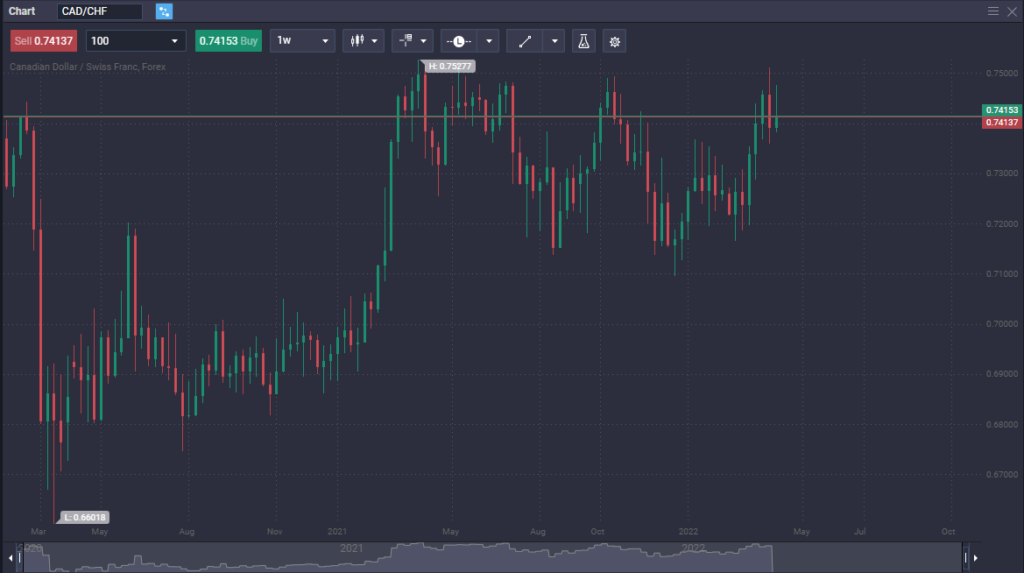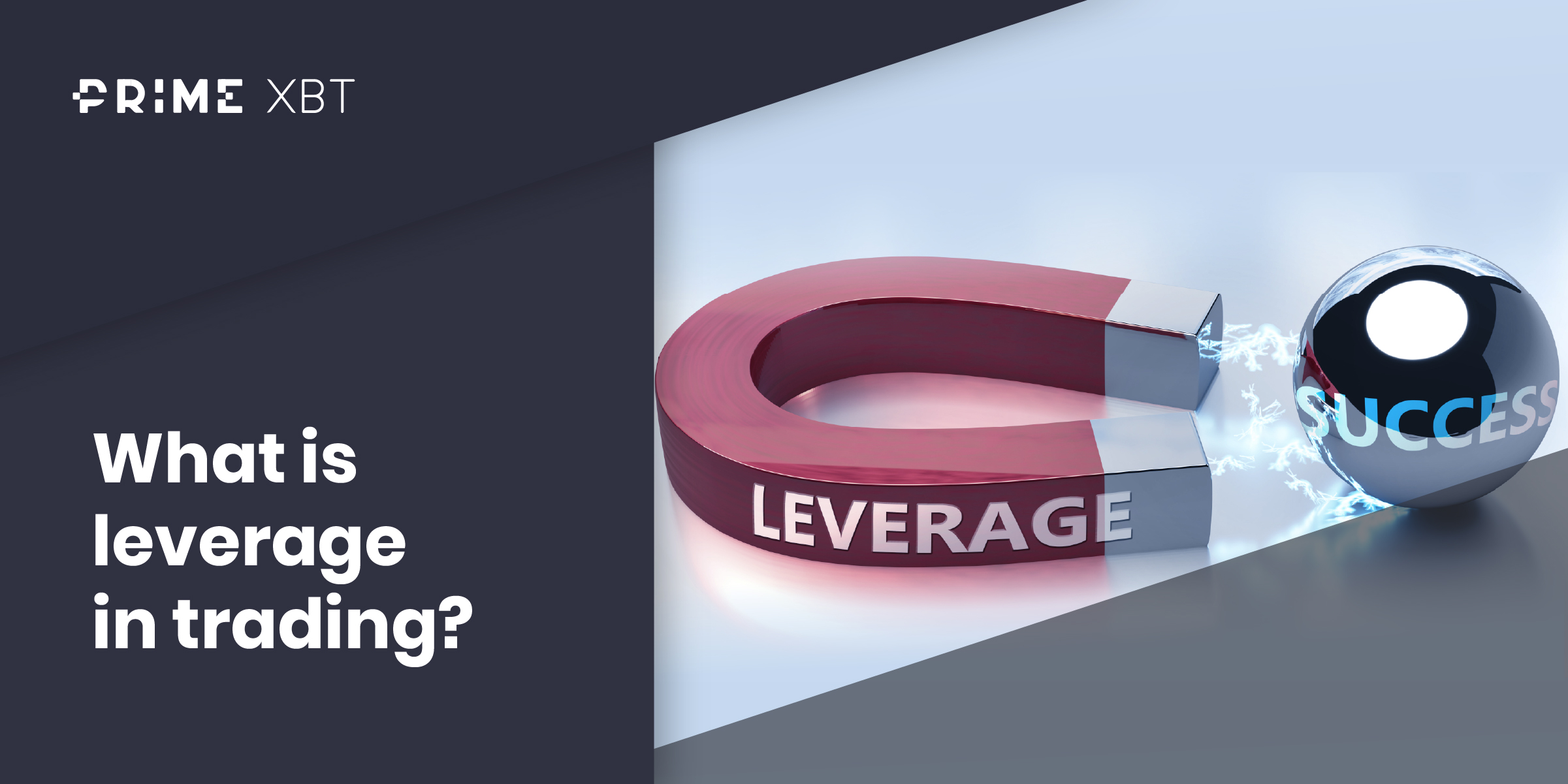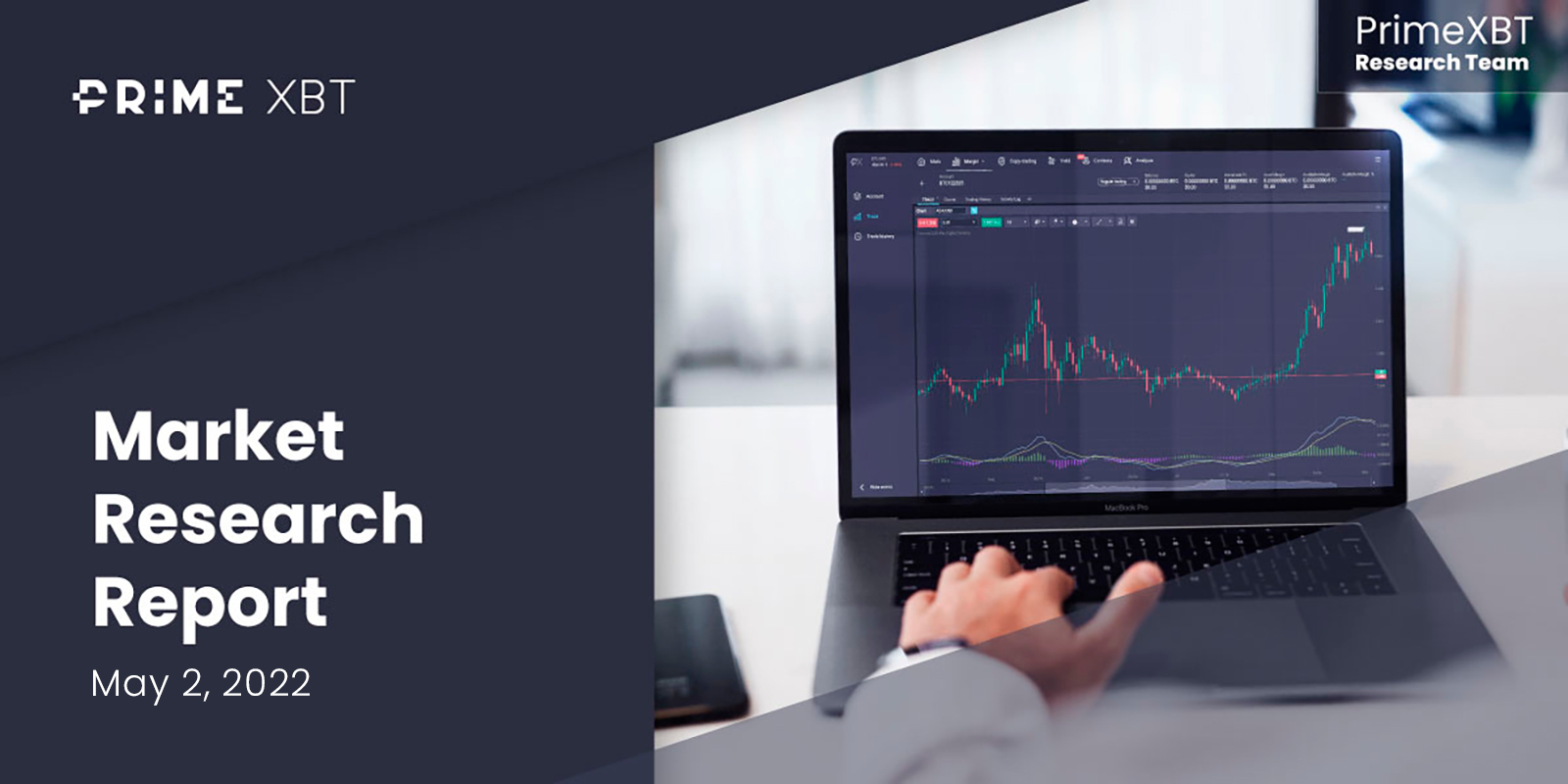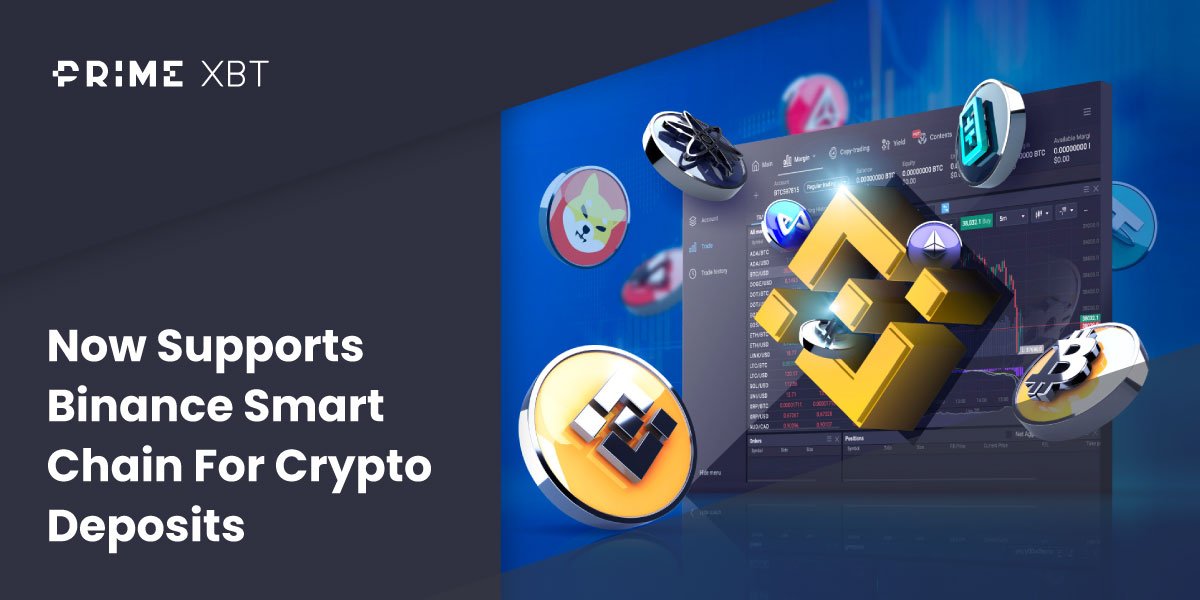Leverage is when a trader uses a loan from their broker to trade a larger position than what would normally be possible. Leverage is offered through margin trading, where the broker provides a short-term loan to the trader to gain the benefits from bigger positioning.
What Is Leverage Trading?
Leverage in the world of finance is the practice of using debt or borrowed capital to take a position in a financial instrument. Borrowing to profit from a financial instrument has a significant amount of upside, but there are downsides as well. Furthermore, by borrowing, the trader is amplifying not only the benefits but also the risks.
Most commonly, trading leverage is used to describe the borrowed capital used to take larger position sizes while day trading forex, crypto, commodities, or other trading instruments. This is borrowed from the broker, and works like any other loan, as it has interest applied to it. However, the platform we use at smartvestorproinvestment does all of these calculations “under the hood”, and the trader simply has to focus on trading.
The financing of these loans has an annual interest rate that is calculated daily. For most traders, this means a very nominal fee for any position. Unless you are planning on “buying and holding”, the interest involved has little effect on the outcome.

Example of Trading on Leverage
Recently, GameStop made headlines as traders from “Wall Street bets” caused massive damage to hedge funds that were overly short of the stock. The short interest was astronomically high, and therefore once retail traders came into the market and started using leverage on the long side, it caused a massive amount of short-covering by hedge funds. This leverage ended up costing hedge funds roughly $20 billion.
Keep in mind that this is an extreme example, but this is some of the best and worst of leveraged trading. While some hedge funds blew up, some retail traders became overnight millionaires.
How Does Leverage Trading Work?
Leverage uses margin available in a margin account to increase the size of a position at the time of position open. Depending on the amount of leverage offered, the leverage ratio and how much margin is required will vary by platform or even trading instrument.
Leverage lets traders put up only a small fraction of the total position required for collateral, and the broker will supply the rest with debt capital. This allows for the trader to benefit from a much larger position than would normally be available. Keep in mind that both gains and losses are amplified.
To provide a clear example of how leverage works, think about buying 10 BTC for $10,000 each.
On a spot trading platform, this would cost $100,000 plus fees. If Bitcoin’s price then rose 10%, you would earn a $10,000 return on the original investment.
With leverage, however, on a margin trading platform, the same size position would only cost $1,000 to cover a trade using a leverage ratio of 1:100. The same amount of money will be made in returns, but significantly less capital will be put at risk for a greatly amplified effect.
Remember that your gains and losses will be calculated from a position size of $100,000. While this can amplify your gains, it will do the same for losses. It is because of this that the trader needs to have the skill and strict adherence to a money management plan. Be sure to always calculate the potential risk to reward to consider whether to use leveraged products or not.
Trading on Margin
Margin is the amount of money that you have in your account allocated for a larger position. When you trade on margin, you are using borrowed money from the broker, using the cash or other securities in your portfolio as collateral.
A simple example would be that you have $10,000 in your account and want to buy shares in Company ABC. It is currently trading at $25 per share.
If you were to purchase the shares without using any margin, in other words in a cash account, you could buy 400 shares. If you decide to use margin, then you can borrow from your broker. In the case of stocks, the most common borrow percentage is 50%, meaning that you now can buy up to $20,000 worth of Company ABC. In that scenario, you can buy up to 800 shares.
If the price of the stock rises to $30, you would earn $2000 if you had only traded with cash. This represents a 20% profit. However, if you were to use margin and trade those 800 shares, half of which you paid for with borrowed funds, your gain would be $4000, or a 40% profit.
The alternate scenario is that the price of Company ABC drops from $25 per share down to $20 per share. In that scenario, if you were to use cash only, your loss would be $2000, or 20%. If using margin, your loss then becomes $4000, or 40%.
As you can see, using margin can be a helpful tool, but it also can be very destructive if not used properly, and with a stringent money management plan.
Trading Derivatives
Trading derivatives is also a way to use leverage, and this includes options, futures, and CFD markets. The options market tends to be favored by stock traders looking to take advantage of 100 share increments, as this is the standard contract size. You can take on the price action of 100 shares, for a fraction of the cost.
Futures markets offer the ability to take a standardized contract in a highly liquid environment, but also carry their own risks. There is the possibility of going “limit up”, or “limit down.” This is when the exchange closes business because the market has moved too quickly. In fact, there have been times throughout history that a market has gone “limit up” or “limit down” right at the open for several days in a row, trapping traders in extraordinarily negative positions.
CFDs are what we offer at smartvestorproinvestment. They offer the ability to use leverage, but also are open around-the-clock, and have the ability to be traded in granular sizes, tailoring the position size to the risk parameter of the account being used.
Leveraged ETFs
One way that traders will take advantage of leverage is to trade a leveraged ETF. An ETF, or exchange-traded fund, is traded on a typical stock market exchange and is made up of several different stocks. There are ETFs for almost everything imaginable, anything from mimicking the S&P 500 to mimicking the performance of the Indonesian economy.
One example of a leveraged ETF would be the SPXL or the Direxion Daily S&P 500 Bull. It aims to return three times the return of the S&P 500 on a daily basis. It should be noted that these are short-term funds, because of the fees involved. There are also inverse ETFs, that seek to get three times leverage going short of the S&P 500.
The biggest issue with the ETF market is that it trades within a set timeframe, lining up with a local business day. For example, if you choose to trade an ETF that is based in Germany, then it has to be traded during German hours. On the other hand, if you use the CFD as we offer here at smartvestorproinvestment, you get to set how big the position is, and when to trade it.
What is a leverage ratio?
The leverage ratio is a measurement of your trade’s total exposure compared to the margin requirement. Leverage ratios will vary, depending on the market you are trading, the broker, and the size of your position.
In this example, assume a 10% margin is required to take on a $1000 purchase. This means that the trader needs to provide $100 worth of margin. This gives a leverage ratio of 10:1.
Depending on the underlying market, the broker might offer more or less leverage based upon volatility and liquidity. As a general rule, the more liquid the market, the higher the leverage ratio available. Below is a chart that shows how different degrees of leverage can affect your exposure for an initial investment of $1000:
| Leverage | 1:1 | 20:1 | 50:1 | 100:1 | 200:1 |
| Investment | $1000 | $1000 | $1000 | $1000 | $1000 |
| Exposure | $1000 | $20,000 | $50,000 | $100,000 | $200,000 |
What Are the Advantages of Leverage Trading?
The most obvious advantage of using leverage is the ability to increase profit margins and the return on your investment. Smaller positions become much larger positions based upon using debt, which multiplies the gains by the leverage ratio for quicker than usual capital growth.
Furthermore, the ability to borrow means that less of your trading capital will be tied up in each position. This allows you to take on more positions, which in and of itself can be used as an effective risk management strategy.
When used professionally, leverage is nothing to fear and is used quite often by retail traders, firms, and corporations alike.
What Are the Risks of Leverage Trading?
Even though leverage offers explosive growth, and can be quite rewarding, it does need to be taken with a bit of caution. The fact that it allows the trader the ability to control a larger position than usual means that it can carry outsized losses if not approached properly. Inexperienced investors sometimes risk losing all of their money, especially if they do not understand how to appropriately use this tool.
It should be noted that not all trades are winners, and therefore it is very important that you resist the temptation to “go all-in” on a trade. This is why it is crucial to have a back-tested system that has proven itself, and it is crucial not to take on massive positions. A little bit of leverage can go a long way over the course of several trades.
The main risk that inexperienced traders can face comes from within. “Revenge trading”, or trying to make up previous losses quickly, is one of the most common ways to blow up an account using leverage. Emotional control and regulation are crucial when using leverage.
How to Manage Leverage Trading Risks

Using a leverage ratio of 1:100 is a great way for newer traders to get comfortable calculating their risk to reward ratio and ensuring their positions all meet the 1% rule and risk management strategy. By only risking 1%, the trader then ensures that they can protect their account from massive drawdowns.
The trader needs to trade whatever they are comfortable with. For some traders, it is as little as 0.25% per position, and that is something that should be paid close attention to. After all, if you cannot trade according to your plan at a specific size, understanding that it makes you very uncomfortable, it is important to remember that this is not a race, it is a marathon. You need to have reasonable risk, but it has to be a risk that you are comfortable with.
It is important to set up stop-loss orders and adhere to them. Before you put on a position, you should know where you want to get in, and where it will have proven itself to be time to get out and accept that your timing was incorrect. By planning out at least those two things, and then perhaps even a take-profit order, you can avoid emotion during the trade itself.
Tips for Leverage Trading
Before you start using leverage in your trading, there are a few tips that you may want to take to heart before risking any of your hard-earned capital.
- Make sure you have a trading plan – Having a trading plan is paramount when using leverage. You need to know when to get in, when to get out, and how much you are willing to risk before pressing any buttons.
- Define your risk – It is crucial to understand how much you are willing to risk per trade, from both a statistical standpoint and an emotional comfort standpoint.
- Know the fees and costs – before we start trading, you should understand any fees or costs involved in doing so. Keep in mind that it is part of the “cost of doing business” and does eat into your profit margins.
- Discipline – Discipline is the first thing you should think of, as without it you will surely blow up an account. You must be willing to be very rigid in your approach, understanding that emotional trading can do massive damage.
- Watch announcements – Make sure that you are aware of any announcements that could cause volatility in the market you are trading. The last thing you want is to have a sudden spike take you out of a position, only to see that it was a “knee-jerk reaction” to a headline.
Conclusion
Leverage trading can be very rewarding, as it allows the trader to take on a larger position than usual. By doing so, they can rapidly increase the size of their account, but it should be noted that losses can be amplified as well. This is where leverage trading gets some newer traders into trouble because it is so easy to see massive moves in profit and loss statements.
By adhering to strict money management, leverage can become one of your most powerful tools. It is imperative that you understand the risks involved and understand that there is a reward for those who use it properly. Leverage can vary quite drastically from market to market, so you should also understand how much leverage you will be using before putting on any particular position. A bit of restraint and common sense goes a long way when trading using leverage.
Is leverage trading a good idea?
If used appropriately, yes leverage trading can be a good idea. Leverage training is a great way to grow an account rapidly, but only if you have the skills and proper strategy.
What does 100% leverage mean?
100% leverage means that you are using your total allowable margin. This is a very dangerous thing to do because it will take very little for the position to move against you and force a liquidation.
What leverage should a beginner use?
In short, as little as possible. However, if you are trading small positions, then it becomes much less dangerous.
Is leverage good for the long term?
It is if the trader is skilled. Leverage trading can be just as safe as a cash account if you use proper money management. The risk with leverage trading is that the trader gets emotional and starts losing exorbitant amounts of money.
What happens if you lose a trade with leverage?
Losing a trade using leverage means that you lose the difference from the entry to exit price of the larger position. In other words, the losses increase just as gains can.
Risk Disclaimer:
Investing in or trading gold or other metals can be risky and lead to a complete loss of capital. This guide should not be considered investment advice, and investing in gold CFDs is done at your own risk.
The information provided does not constitute, in any way, a solicitation or inducement to buy or sell cryptocurrencies, derivatives, foreign exchange products, CFDs, securities, and similar products. Comments and analysis reflect the views of different external and internal analysts at any given time and are subject to change at any time. Moreover, they can not constitute a commitment or guarantee on the part of smartvestorproinvestment. The recipient acknowledges and agrees that by their very nature any investment in a financial instrument is of a random nature and therefore any such investment constitutes a risky investment for which the recipient is solely responsible. It is specified that the past performance of a financial product does not prejudge in any way their future performance. The foreign exchange market and derivatives such as CFDs (Contracts for Difference), Non-Deliverable Bitcoin Settled Products and Short-Term Bitcoin Settled Contracts involve a high degree of risk. They require a good level of financial knowledge and experience. smartvestorproinvestment recommends the consultation of a financial professional who would have a perfect knowledge of the financial and patrimonial situation of the recipient of this message and would be able to verify that the financial products mentioned are adapted to the said situation and the financial objectives pursued.




